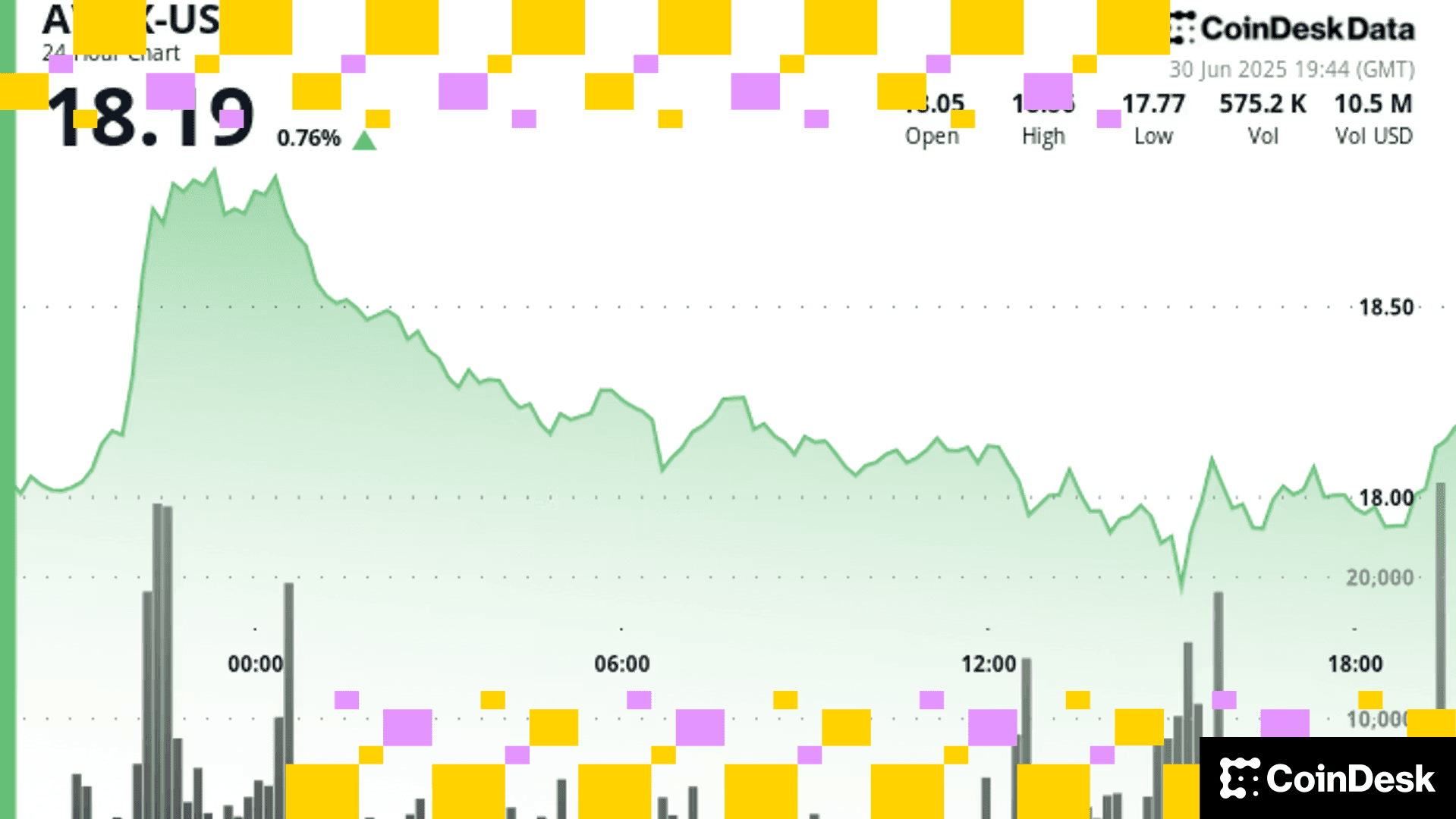Financial Stability Study Calls for Consistent Regulatory Response to Stablecoins
Countries have varying definitions and categorizations for stablecoins that may pose a risk to financial stability, the report by the Financial Stability Institute said.
- Countries around the world must ensure consistency in their approaches to regulating stablecoins, a new report by the Financial Stability Institute says.
- Differing approaches could pose challenges to an integrated financial system, the FSI added in its report.
Countries need to make their regulatory frameworks for stablecoins consistent with one another, the Financial Stability Institute (FSI) warned in a report published Tuesday.
The FSI, jointly created by the Bank for International Settlements and the Basel Committee on Banking Supervision, is tasked with assisting regulators worldwide in strengthening their financial systems. The institute's report on policy implementation insights for stablecoins – which refers to cryptocurrencies whose value is pegged to other assets such as sovereign currencies – warns of the dangers of fragmentation in supervision across the world.
"Stablecoins may still be unregulated or lightly regulated in other jurisdictions," said the report, authored by FSI Deputy Chair Juan Carlos Crisanto and Senior Advisors Johannes Ehrentraud and Denise Garcia Ocampo.
The authors argued that while many regulatory approaches have similarities when it comes to key requirements, the differences are largely driven by the variety of stablecoin design features and perceived risks. The report warned that this fragmentation in approaches to supervision could pose challenges to an integrated financial system and threaten financial stability.
Nations around the world have been exploring how to regulate stablecoins for several years. The U.K., for instance, passed legislation to recognize stablecoins as a means of payment in 2023, while the European Union passed the landmark Markets in Crypto Assets regulation (MiCA) to supervise issuers and service providers handling stablecoins. Japan too has started regulating stablecoins, while the U.S. is considering a stablecoin bill.
The FSI report says jurisdictions have varying definitions and categorizations for stablecoins that may pose a risk to financial stability. There are also discrepancies in requirements for the disclosure of reserve assets kept by stablecoin issuers to maintain the crypto's value against its reference currency.
"A consistent regulatory framework, as well as its global implementation, is essential to address stablecoins’ risks, prevent regulatory arbitrage and ensure a level playing field in the digital asset ecosystem," the FSI report said.
Ensuring the interoperability of stablecoins with central bank digital currencies (CBDC) and other digital assets would also be key to promoting an integrated financial system, the report added.
Global organizations such as the International Monetary Fund (IMF) and Financial Stability Board (FSB) have issued or are working on universal norms for stablecoins.
Read more: Blanket Crypto Bans Won’t Work, IMF and FSB Warn in Joint Paper
More For You
Exchange Review - March 2025

CoinDesk Data's monthly Exchange Review captures the key developments within the cryptocurrency exchange market. The report includes analyses that relate to exchange volumes, crypto derivatives trading, market segmentation by fees, fiat trading, and more.
What to know:
Trading activity softened in March as market uncertainty grew amid escalating tariff tensions between the U.S. and global trading partners. Centralized exchanges recorded their lowest combined trading volume since October, declining 6.24% to $6.79tn. This marked the third consecutive monthly decline across both market segments, with spot trading volume falling 14.1% to $1.98tn and derivatives trading slipping 2.56% to $4.81tn.
- Trading Volumes Decline for Third Consecutive Month: Combined spot and derivatives trading volume on centralized exchanges fell by 6.24% to $6.79tn in March 2025, reaching the lowest level since October. Both spot and derivatives markets recorded their third consecutive monthly decline, falling 14.1% and 2.56% to $1.98tn and $4.81tn respectively.
- Institutional Crypto Trading Volume on CME Falls 23.5%: In March, total derivatives trading volume on the CME exchange fell by 23.5% to $175bn, the lowest monthly volume since October 2024. CME's market share among derivatives exchanges dropped from 4.63% to 3.64%, suggesting declining institutional interest amid current macroeconomic conditions.
- Bybit Spot Market Share Slides in March: Spot trading volume on Bybit fell by 52.1% to $81.1bn in March, coinciding with decreased trading activity following the hack of the exchange's cold wallets in February. Bybit's spot market share dropped from 7.35% to 4.10%, its lowest since July 2023.
More For You












